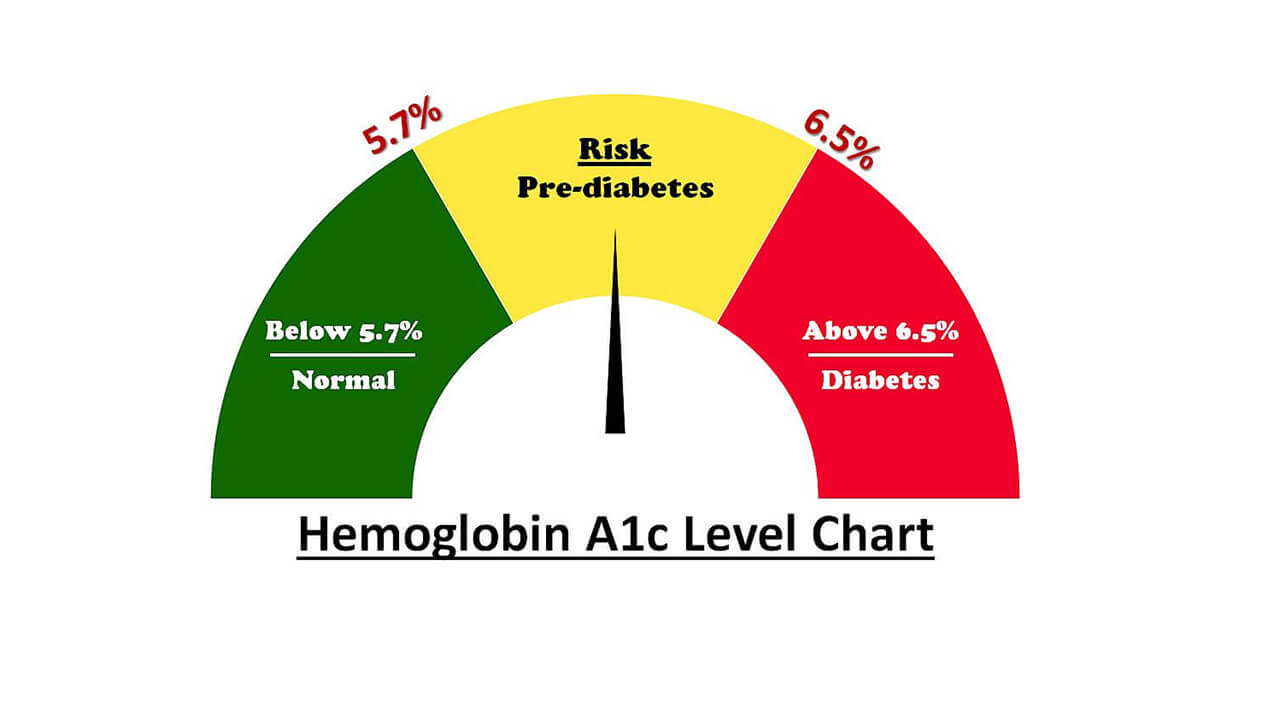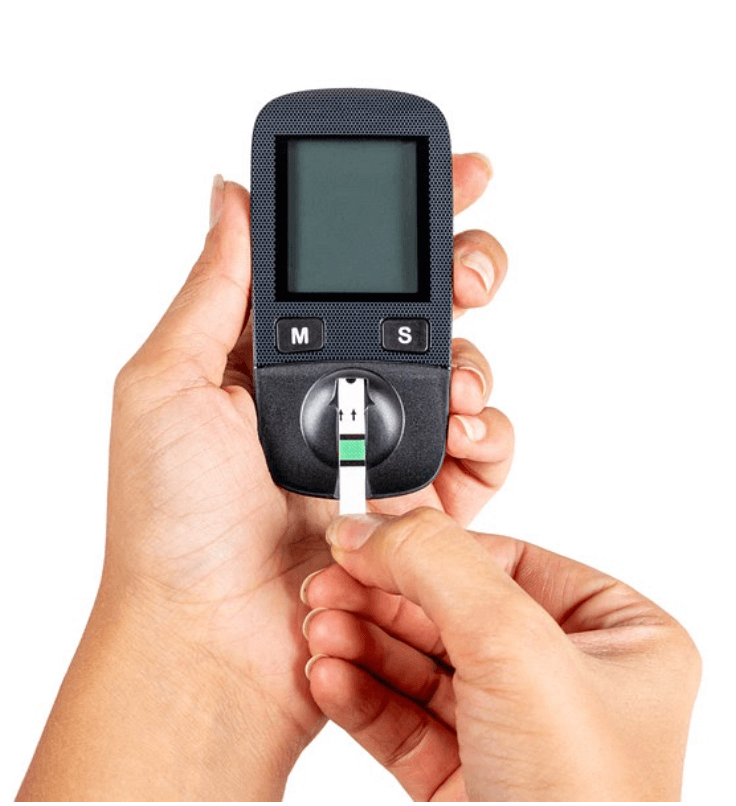
All about Pre-Diabetes
Have you ever wondered if you are at risk for developing diabetes? Understanding pre-diabetes and its signs and symptoms can be difficult. While pre-diabetes can often go undetected, there are steps you can take today to minimize your risk for developing type 2 diabetes.

What is Pre-Diabetes?
Pre-diabetes is a health condition in which blood sugar levels are higher than normal, however they are not high enough to be type 2 diabetes. If pre-diabetes progresses, it can develop into type 2 diabetes.
Unfortunately, pre-diabetes is often asymptomatic, meaning most people do not show signs or symptoms of pre-diabetes, until symptoms of type 2 diabetes start occuring. Luckily, pre-diabetes can be reversed through lifestyle modifications.
Risk Factors & Testing
The following factors put you at risk for pre-diabetes and type 2 diabetes:
- Being overweight (BMI greater than 25)
- Being 45 years or older
- Consuming a diet high in red/processed meat and/or sugary beverages
- Having a relative such as a parent or sibling with type 2 diabetes
- Physical inactivity
- Gestational diabetes or giving birth to a baby weighing more than 9 pounds
- Having polycystic ovary syndrome
- Smoking tobacco products
- Ethnicity: Black, Hispanic, American Indian and Asian American individuals are more at risk

Curious if you have pre-diabetes? Talk to your doctor about getting your blood sugar tested. Generally speaking, a fasting blood sugar level of 110-125 mg/dL or an A1C level between 5.7%-6.4% are considered pre-diabetes.
Reversing Pre-Diabetes & Preventing Type 2 Diabetes
Even if you’re already at risk for pre-diabetes, you can take these steps to help prevent disease progression:
- Switch up your diet to include more fruits, vegetables, nuts, whole grains, and lean protein.
- Try to exercise regularly – approximately 150 minutes per week
- Avoid smoking
Check out some of our other blogs about eating healthy and exercising
- How to Build a Better Salad
- 10 Ways to Eat Healthier at Restaurants
- 6 At-home exercises without equipment
- 6 Ways to be Active at Work
Summary While there are no associated signs or symptoms with pre-diabetes, a simple blood sugar test will determine if you have pre-diabetes and are at risk for developing type-2 diabetes. Making life-style modifications such as improving your diet and exercising more can help reduce your risk of developing type-2 diabetes.
Disclaimer: Any information provided is not intended as medical advice. Iowa Diabetes is not responsible for any information from third parties.






Went to a physical because I have not had in a long time. Blood test shows high A1C . Cut soda and sugar. Physical 8 months ago and lost 20 pounds. Trying to figure out what to eat besides nuts. Another blood test tomorrow and Dr. vist next week. Sit at a desk all day does not help.
Check out some of our other posts about healthy recipes to try and how to build healthy salads. Nuts are good but you really have to watch the serving size because they are so calorie dense.